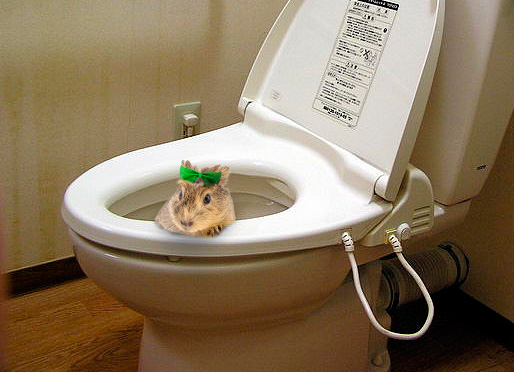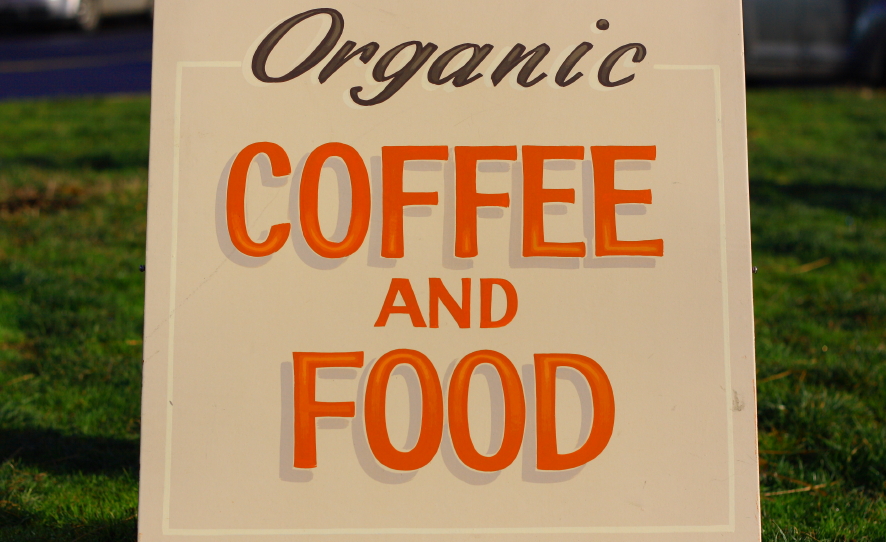 How often do you find yourself in a restaurant with a menu that reads, “We serve organic produce when possible”? And how much stock should you put into vague phrases like, “All our ingredients are sustainable”?
How often do you find yourself in a restaurant with a menu that reads, “We serve organic produce when possible”? And how much stock should you put into vague phrases like, “All our ingredients are sustainable”?
You’d be right to be suspicious: Some chefs are faking it as the demand for organic rises. And many savvy eaters can sniff out the real deal. (Does the chef name-check source farms on the menu? Can they be seen making pickups at the local farmers market?) Still, none of these guessing games really guarantee the origin of every ingredient. And in truth, unless the restaurant in question is certified organic, there is no real way to know.
As a chef who’s committed to organics (I grew up on a certified organic farm), and as a customer myself, I’ve been frustrated by the greenwashing I’ve observed. There are literally thousands of restaurants around the country using the word “organic” in their name and/or marketing materials — and indeed, most probably do source at least some organic foods. But just how much, or how often, is unknown to everyone outside their kitchens.
One solution is to visit a restaurant that is itself certified organic (meaning they’ve been through their own separate certification process and the statements they make on their menus have been verified by an independent party). The problem? Certified restaurants are few and far between. In fact, there are only eight in the entire United States — four in Seattle, and only one each in Chicago, Washington, D.C., Austin, and Carmel, Calif.
Ryan Kellner, owner of Mighty–O Donuts in Seattle, is planning to make his shop the ninth certified organic restaurant in the country. Like most of us, he was shocked to hear that there are still so few. “We know of two of them and they’re within walking distance of our shop,” he says. “What’s up with the rest of the country?!” Kellner is currently working with Oregon Tilth — a nonprofit that certifies farmers, processors, retailers, and food handlers throughout the U.S. — to start the process.
To be clear, there’s nothing to stop restaurant owners from serving organic produce, meat, dairy, etc. regardless of whether the restaurant itself is certified. While the United Stated Department of Agriculture oversees other organic certifications, there is no requirement for restaurants to become certified. It’s purely optional. And even Oregon Tilth, the primary restaurant certifier to date, acknowledges that the process is in place mainly for purists who want to lead by example and take their transparency to the next level.
What does organic certification actually mean for a restaurant? Oregon Tilth’s Darryl Williams, the person in charge of the process, says this voluntary certification is actually “a very vigorous process,” in part to prevent greenwashing.
Williams works with Oregon Tilth’s clients to develop an Organic System Plan, which they verify with an annual on-site audit. Every product that comes into the restaurant is tracked with an individual lot number, and both organic and conventional products have to be clearly and systematically separated. Then the restaurant must specify, “on their menu or in another publicly available document, what is or is not organic.”
But this is just the beginning. Storage and food preparation practices must also prevent commingling of organic and conventional ingredients. Organic ingredients also must be stored above conventional ones, and separate cutting boards must be kept and maintained. Oregon Tilth goes farther still, mandating how restaurants use cleaning products and control pests, and monitoring the steam from their boilers.
In other words, getting certified is no easy task.

D.C.'s Restaurant Nora was the first to achieve organic certification in 1999. Since then only seven more restaurants have joined the fray.
Nora Pouillon, the chef/owner of Restaurant Nora in Washington, D.C., was the first to get certified with Oregon Tilth in 1999, and she spent two years working with the organization to develop standards. Looking back now, Nora reflects on how difficult and time-consuming that process was for her, but it hasn’t stopped her from encouraging other chefs to use the framework she helped put in place.
But she also clearly understands the barriers. “It’s such a commitment in time and money,” she says. At Restaurant Nora, she has a full-time person on staff to maintain the details involved in certification. If she ran a more casual establishment — entrees at Pouillon’s restaurant run from $29 to $36, and a tasting menu is $78 — this expense would be impossible.
James Beard Award–winning chef Maria Hines owns two organic restaurants, Golden Beetle and Tilth (no relation to the certifier) in Seattle. For Hines, the decision to go organic was an easy one. “I eat organic at home and when I decided to open up the restaurant and had the option to do what I wanted, I decided to spend every cent in a way that reduces harm to the planet and our health.”
Hines admits the certification has also been very hard financially, but adds, “I had been running kitchens for over 15 years before opening Tilth, so I had the fortune of being crafty with food cost, eliminating food waste, etc. This gave me the financial edge to make it work.”
Taken together, certification requirements ensure that all restaurant operations are completely integrated at the highest level. Owners, chefs, servers, and kitchen staff have to work in concert to comply with organic regulations, and this is perhaps why the vast majority of certified restaurants have chefs who are also owners.
I don’t have the ability to certify the kitchens I manage. Despite my commitment to the organic movement, my kitchens operate without outside certification. Looking forward, however, I anticipate more and more restaurant owners will choose organic certification as a way to differentiate their operations in the increasingly competitive restaurant environment.
Talking about all the costs associated with the certification, Pouillon had to pause and take a breath. Then she resumed, “It is not easy. But if you’re passionate and you believe in it, not only for your health but also for the health of this planet, I don’t see how you can do anything else.”



